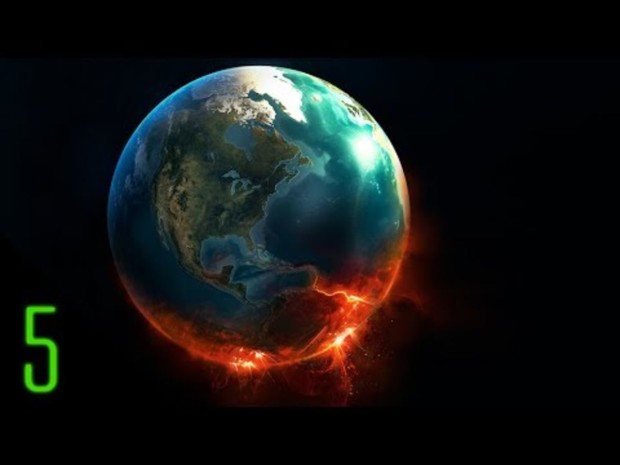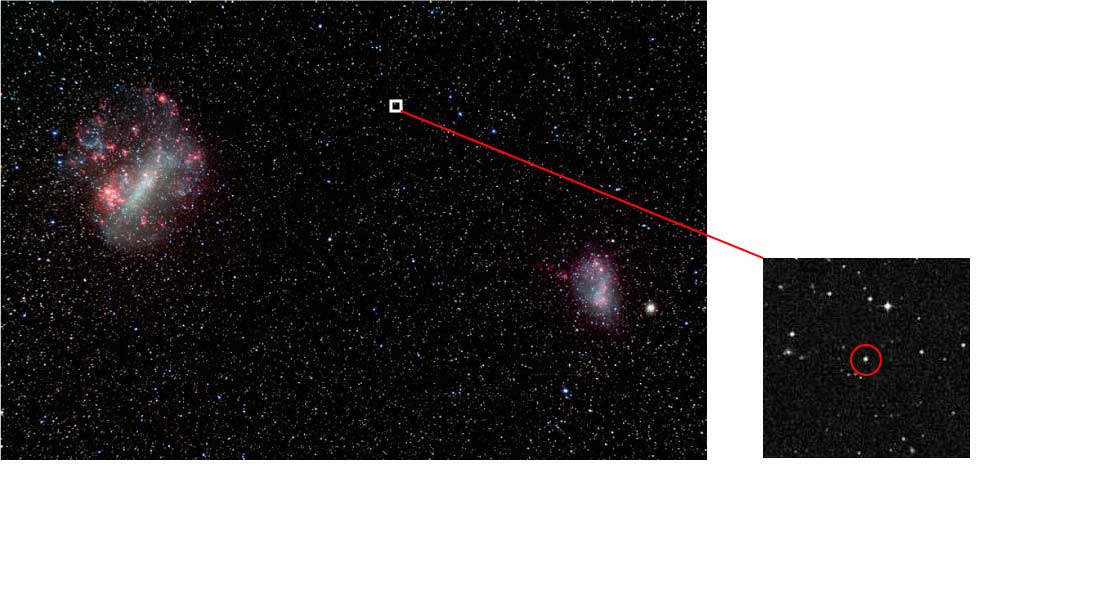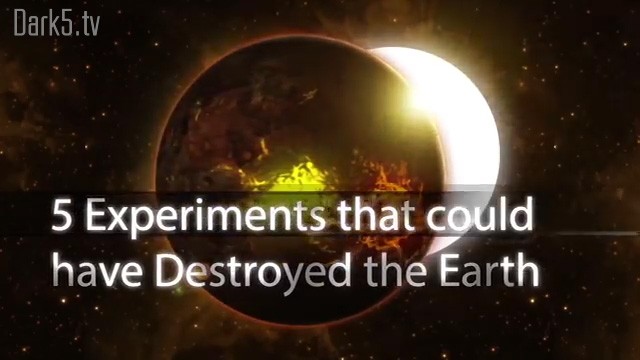
5 Experiments that Could have Destroyed the World
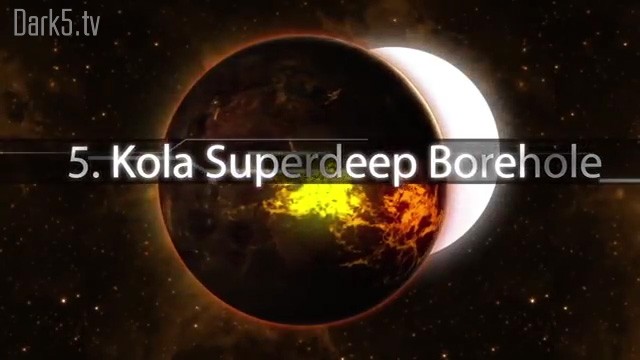
5 Experiments that Could have Destroyed the World
Kola Superdeep Borehole

Located within the Arctic Circle in the far Northwest corner of Russia is the deepest hole ever drilled in to the Earth.
Kola Superdeep Borehole
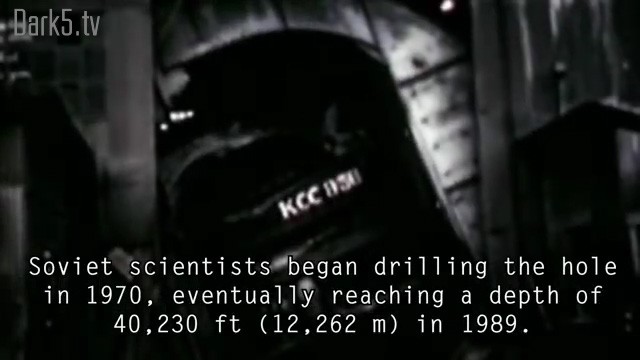
Soviet scientists began drilling the hole in 1970, eventually reaching a depth of 40,230 ft (12,262 m) in 1989.
Kola Superdeep Borehole
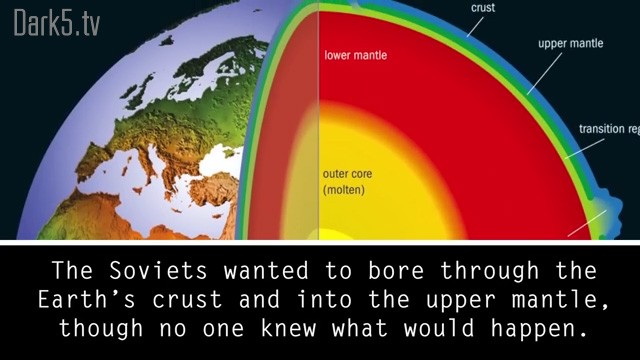
The Soviets wanted to bore through the Earth's crust and into the upper mantle, though no one knew what would happen.
Kola Superdeep Borehole

Fears of unleashing seismic disaster upon the world or even demons from hell proved to be unfounded...
Kola Superdeep Borehole
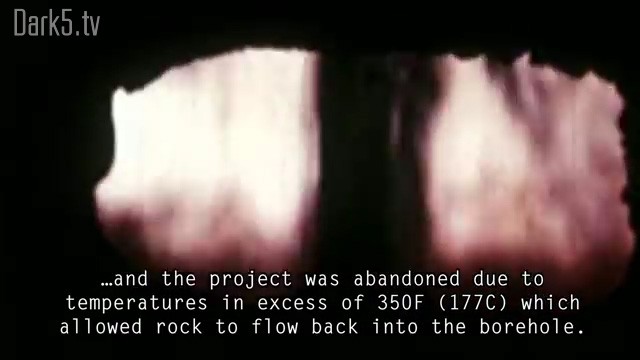
...and the project was abandoned due to temperatures in excess of 350F (177C) which allowed rock to flow back into the borehole.
Kola Superdeep Borehole
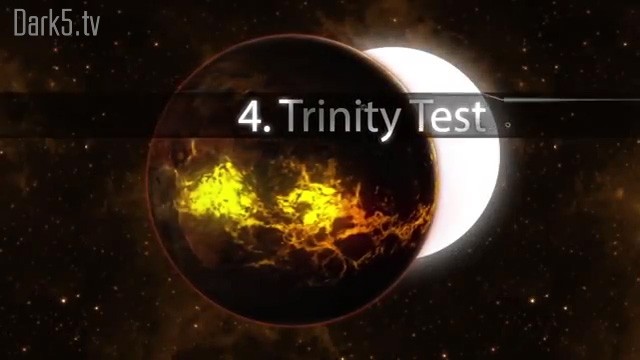
5 Experiments that Could have Destroyed the World
Trinity Test

Conducted as part of the Manhattan Project by the US Army on July 16, 1945, the Trinity Test was the first ever detonation of a nuclear device.
Trinity Test

The bomb's initial development was slowed by fears of project scientist Edward Teller...
Trinity Test
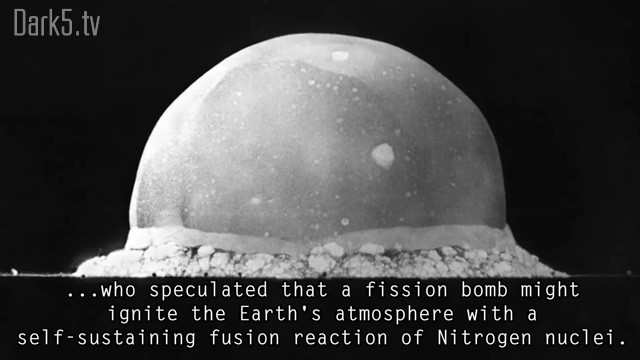
...who speculated that a fission bomb might ignite the Earth's atmosphere with a self-sustaining fusion reaction of Nitrogen nuclei.
Trinity Test
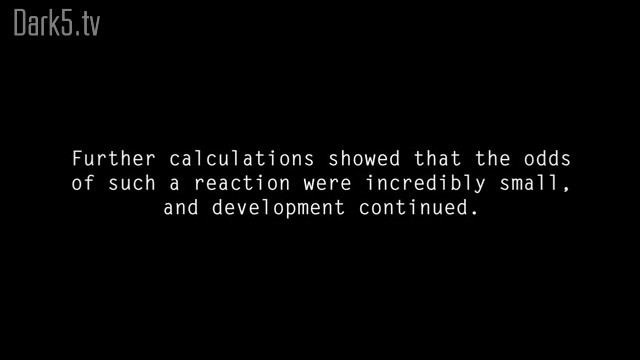
Further calculations showed that the odds of such a reaction were incredibly small, and development continued.
Trinity Test

The resulting bomb produced the explosive power of 21 kilotons of TNT, prompting project scientist J. Robert Oppenheimer to recall a line of Hindu scripture:
Trinity Test

"Now I am become Death, the destroyer of worlds."
Trinity Test
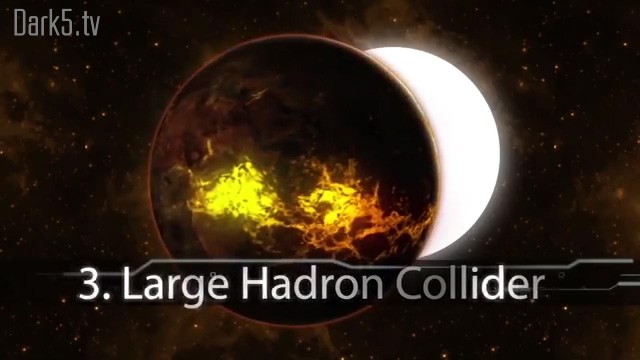
5 Experiments that Could have Destroyed the World
Large Hadron Collider
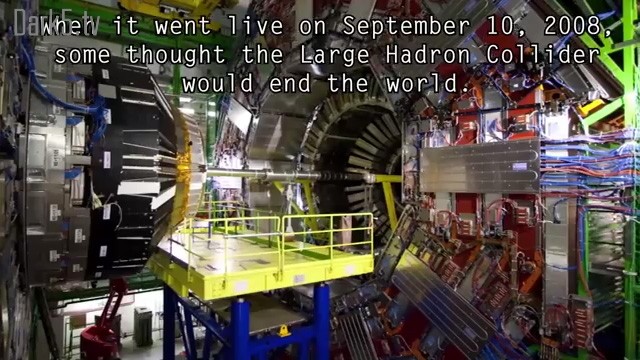
When it went live on September 10, 2008, some though the Large Hadron Collider would end the world.
Large Hadron Collider
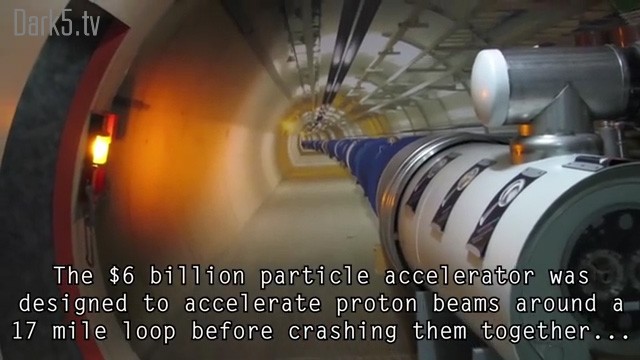
The $6 billion particle accelerator was designed to accelerate proton beams around a 17 mile loop before crashing them together...
Large Hadron Collider
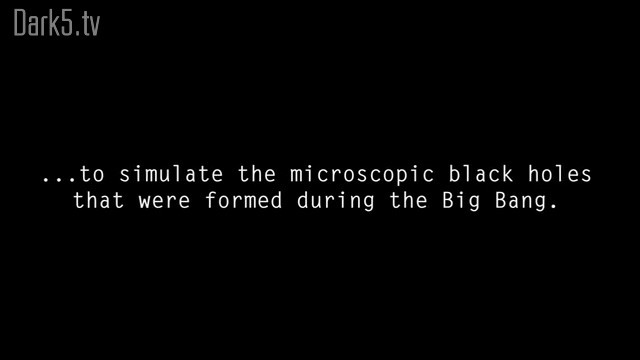
...to simulate the microscopic black holes that were formed during the Big Bang.
Large Hadron Collider
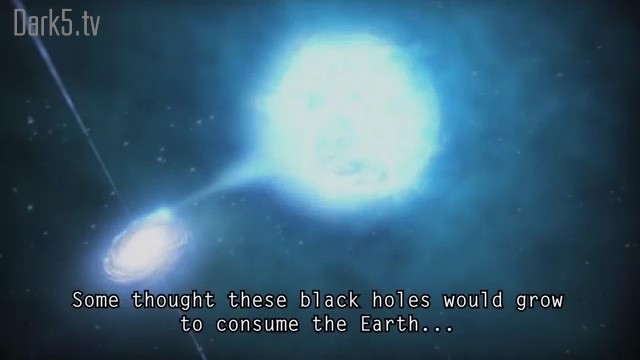
Some though these black holes would grow to consume the Earth...
Large Hadron Collider
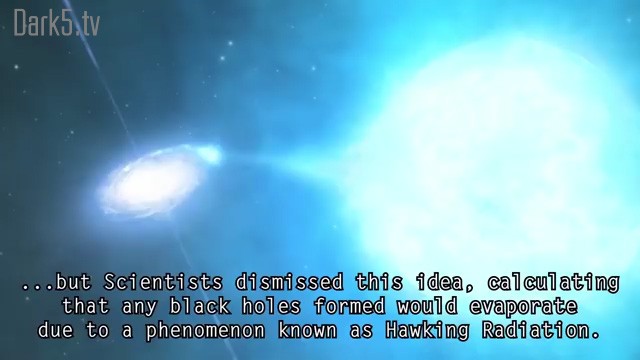
...but Scientists dismissed this idea, calculating that any black holes formed would evaporate due to a phenomenon know as Hawking Radiation.
Large Hadron Collider
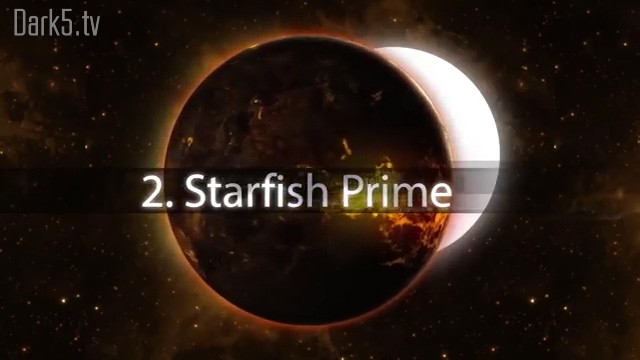
5 Experiments that Could have Destroyed the World
Starfish Prime
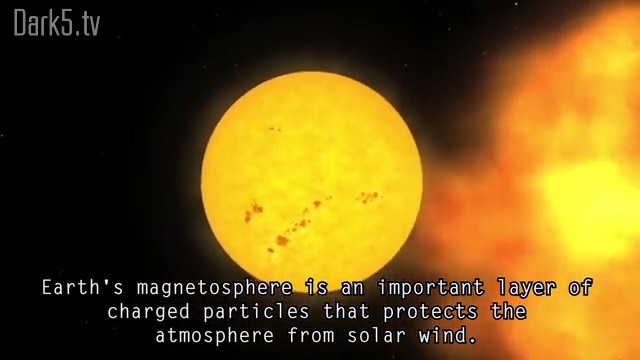
Earth's magnetosphere is an important layer of charged particles that protects the atmosphere from solar wind.
Starfish Prime
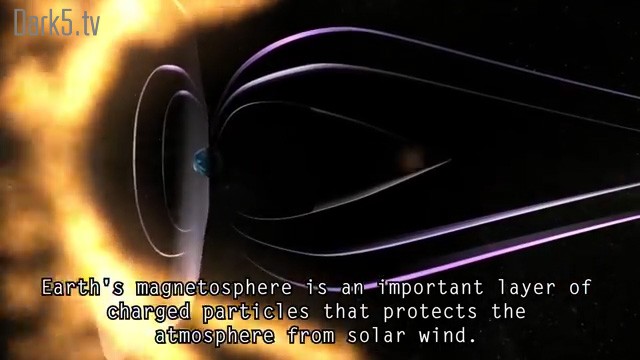
Earth's magnetosphere is an important layer of charged particles that protects the atmosphere from solar wind.
Starfish Prime

So what would happen if a large nuclear bomb was detonated there? The United States decided to find out in 1962.
Starfish Prime
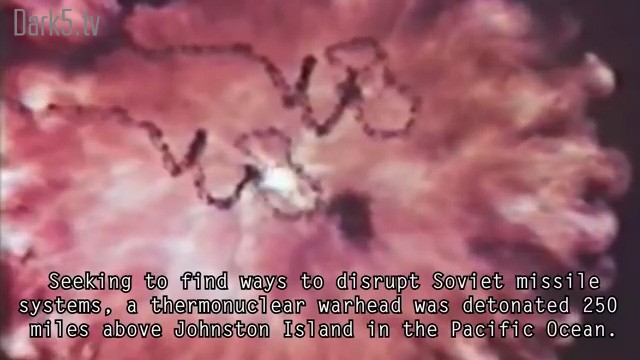
Seeking to disrupt Soviet missile systems, a thermonuclear warhead was detonated 250 miles above Johnston Island in the Pacific Ocean.
Starfish Prime
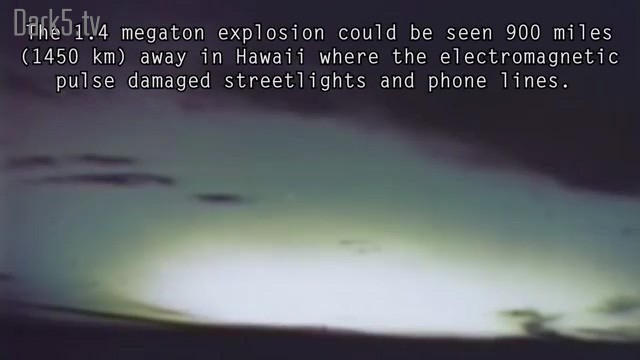
The 1.4 megaton explosion could be seen 900 miles (1459 km) away in Hawaii where the electromagnetic pulse damaged streetlights and phone lines.
Starfish Prime
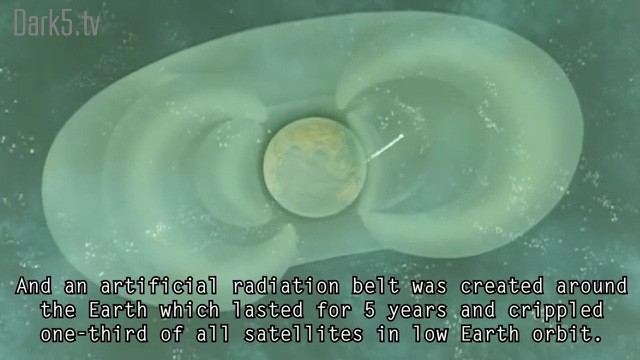
And an artificial radiation belt was created around the Earth which lasted for 5 years an crippled one-third of all satellites in low Earth orbit.
Starfish Prime
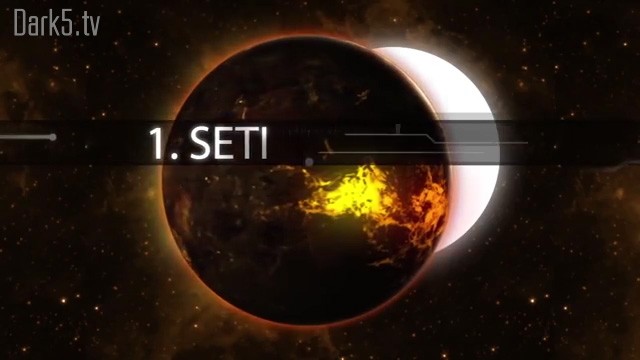
5 Experiments that Could have Destroyed the World
SETI
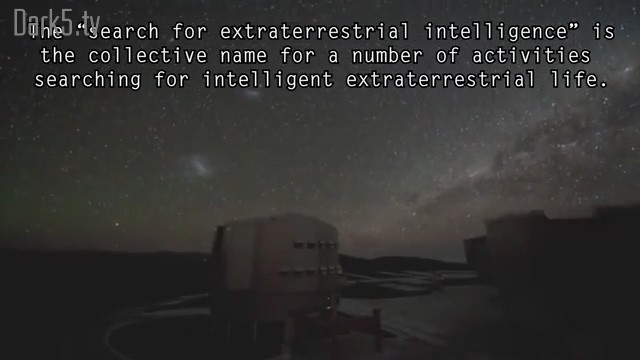
The "search for extraterrestrial intelligence" is the collective name for a number of activities searching for intelligent extraterrestrial life.
SETI

As early as 1896, Nikola Tesla theorized that radio could be used to contact alien life. In 1899 he observed signals though to be from Mars...
SETI
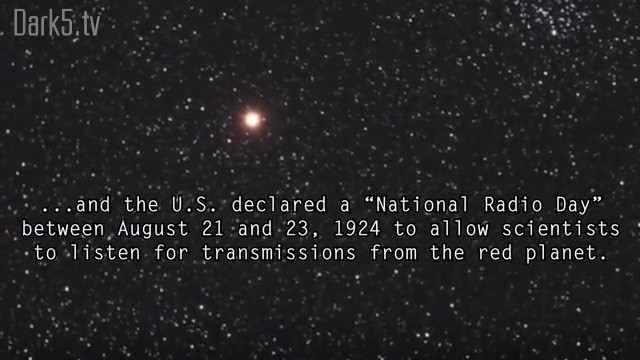
...and the US declared a "National Radio Day" between August 21 and 23, 1924 to allow scientists to listen for transmissions from the red planet.
SETI
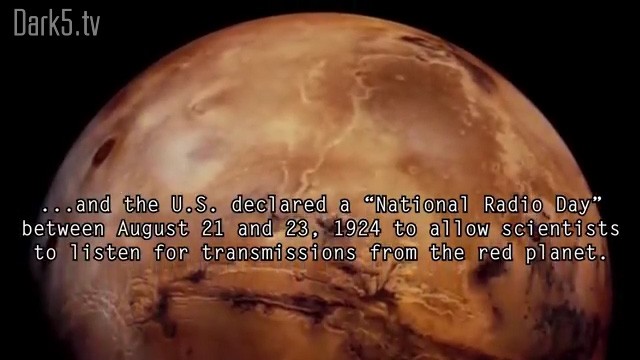
...and the US declared a "National Radio Day" between August 21 and 23, 1924 to allow scientists to listen for transmissions from the red planet.
SETI
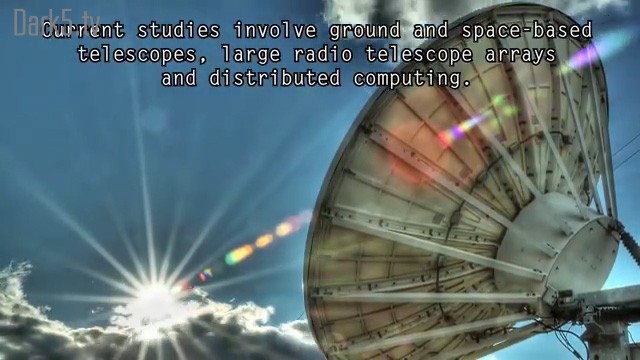
Current studies involve ground and space-based telescopes, large radio telescope arrays and distributed computing.
SETI

But some are wary of the efforts, and worry that we may alert hostile alien civilization to our existence...
SETI

...like Stephen Hawking who cites mankind's own history of harsh treatment when encountering civilizations with a significant technology gap.
SETI
